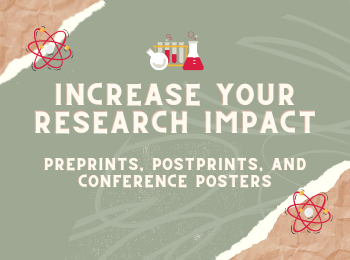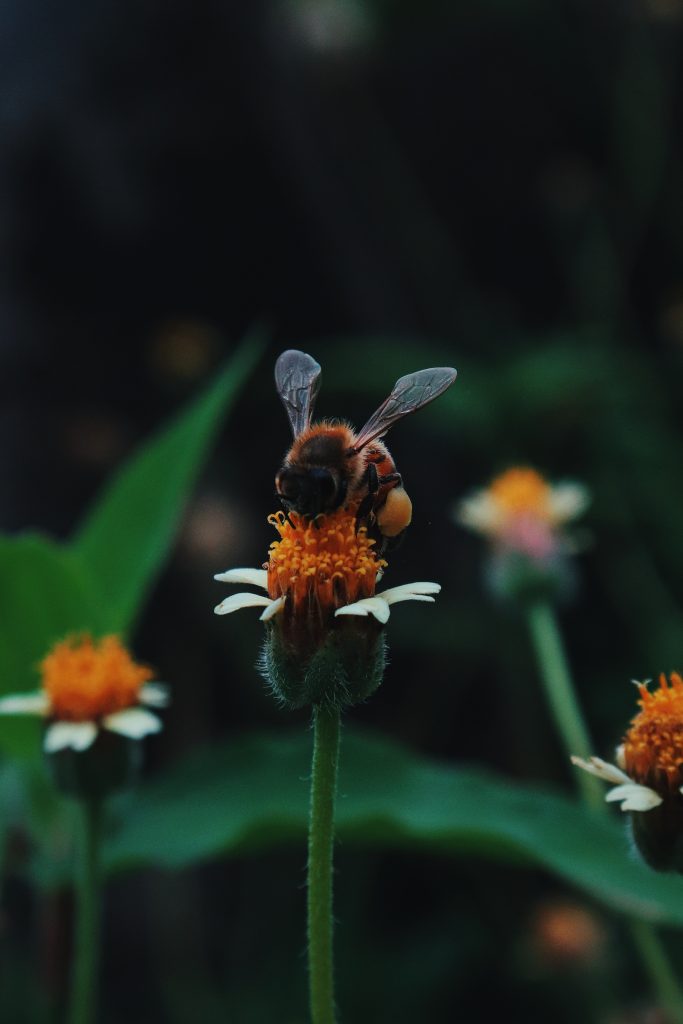10 October 2022
Below are College of Veterinary Medicine publications added to the Scopus database in the last 60 days*
Congratulations to all the recently published authors!
Note: Access to the full text may be subject to library subscriptions.
Hayden LR, Stoker AM, Johnson PJ, McCracken MJ. The use of a hyperosmolar irrigation solution is safe in an equine stifle joint model but does not reduce joint swelling. American Journal of Veterinary Research. 2022;83(10). doi: 10.2460/ajvr.22.04.0074.
Huerta Y, De Mello Souza CH, Selmic LE, McGrath A, Skinner OT, Dark KV, et al. Complications associated with iliosacral lymphadenectomy in dogs with metastatic apocrine gland anal sac adenocarcinoma. The Canadian veterinary journal = La revue veterinaire canadienne. 2022;63(9):929-34.
Chu S, Avery A, Yoshimoto J, Bryan JN. Genome wide exploration of the methylome in aggressive B-cell lymphoma in Golden Retrievers reveals a conserved hypermethylome. Epigenetics. 2022. doi: 10.1080/15592294.2022.2105033.
Hobbs KJ, Johnson PJ, Wiedmeyer CE, Schultz L, Foote CA. Plasma syndecan-1 concentration as a biomarker for endothelial glycocalyx degradation in septic adult horses. Equine Veterinary Journal. 2022. doi: 10.1111/evj.13862.
Milloy KM, White MG, Chicilo JOC, Cummings KJ, Pfoh JR, Day TA. Assessing central and peripheral respiratory chemoreceptor interaction in humans. Experimental Physiology. 2022;107(9):1081-93. doi: 10.1113/EP089983.
Vientós-Plotts AI, Ericsson AC, McAdams ZL, Rindt H, Reinero CR. Respiratory dysbiosis in cats with spontaneous allergic asthma. Frontiers in Veterinary Science. 2022;9. doi: 10.3389/fvets.2022.930385.
Vientós-Plotts AI, Ericsson AC, McAdams ZL, Rindt H, Reinero CR. Temporal changes of the respiratory microbiota as cats transition from health to experimental acute and chronic allergic asthma. Frontiers in Vet Science. 2022;9. doi: 10.3389/fvets.2022.983375.
Comley LH, Kline RA, Thomson AK, Woschitz V, Landeros EV, Osman EY, et al. Motor unit recovery following Smn restoration in mouse models of spinal muscular atrophy. Human Molecular Genetics. 2022;31(18):3107-19. doi: 10.1093/hmg/ddac097.
Dumas SA, Villalón E, Bergman EM, Wilson KJ, Marugan JJ, Lorson CL, et al. A combinatorial approach increases SMN level in SMA model mice. Human Molecular Genetics. 2022;31(17):2989-3000. doi: 10.1093/hmg/ddac068.
Majumder S, Olson RM, Singh A, Wang X, Li P, Kittana H, et al. Protection Induced by Oral Vaccination with a Recombinant Yersinia pseudotuberculosis Delivering Yersinia pestis LcrV and F1 Antigens in Mice and Rats against Pneumonic Plague. Infection and Immunity. 2022;90(8). doi: 10.1128/iai.00165-22.
Herd CS, Yu X, Cui Y, Franz AWE. Identification of the extracellular metallo-endopeptidases ADAM and ADAMTS in the yellow fever mosquito Aedes aegypti. Insect Biochemistry and Molecular Biology. 2022;148. doi: 10.1016/j.ibmb.2022.103815.
Gaire TN, Noyes NR, Scott HM, Ericsson AC, Dunmire K, Tokach MD, et al. A longitudinal investigation of the effects of age, dietary fiber type and level, and injectable antimicrobials on the fecal microbiome and antimicrobial resistance of finisher pigs. Journal of Animal Science. 2022;100(9). doi: 10.1093/jas/skac217.
Rangubpit W, Suwan E, Sangthong D, Wongpanit K, Stich RW, Pongprayoon P, et al. Elucidating structure and dynamics of glutathione S-transferase from Rhipicephalus (Boophilus) microplus. Journal of Biomolecular Structure and Dynamics. 2022. doi: 10.1080/07391102.2022.2120079.
Ellis J, Marziani E, Aziz C, Brown CM, Cohn LA, Lea C, et al. 2022 AAHA Canine Vaccination Guidelines. Journal of the American Animal Hospital Association. 2022;58(5):213-30. doi: 10.5326/JAAHA-MS-Canine-Vaccination-Guidelines.
McPhetridge JB, Scharf VF, Dickson R, Thieman KM, Oblak ML, Regier PJ, et al. Veterinary house officer perceptions of dimensions of well-being during postgraduate training. Journal of the American Veterinary Medical Association. 2022;260(11):1369-76. doi: 10.2460/javma.21.05.0233.
Rivero LA, Zhang S, Schultz LG, Adkins PRF. Gross necropsy, histopathology, and ancillary test results from neonatal beef calves submitted to a veterinary diagnostic laboratory. Journal of the American Veterinary Medical Association 2022;260(13):1690–6.
Bennett SJ, Adkins PRF, Schultz LG, Walker KE. Assessment of cerebrospinal fluid analysis and short-term survival outcomes in South American camelids: A retrospective study of 54 cases (2005-2021). Journal of Veterinary Internal Medicine. 2022. doi: 10.1111/jvim.16529.
Kopke MA, Diane Shelton G, Lyons LA, Wall MJ, Pemberton S, Gedye KR, et al. X-linked myotubular myopathy associated with an MTM1 variant in a Maine coon cat. Journal of Veterinary Internal Medicine. 2022;36(5):1800-5. doi: 10.1111/jvim.16509.
Phan T, Jones JE, Chen M, Bowles DK, Fay WP, Yu Q. A Biocompatibility Study of Plasma Nanocoatings onto Cobalt Chromium L605 Alloy for Cardiovascular Stent Applications. Materials. 2022;15(17). doi: 10.3390/ma15175968.
Maitz CA, Delaney S, Cook BE, Genady AR, Hoerres R, Kuchuk M, et al. Pretargeted PET of Osteodestructive Lesions in Dogs. Molecular Pharmaceutics. 2022;19(9):3153-62. doi: 10.1021/acs.molpharmaceut.2c00220.
Lyu Z, Schmidt RR, Martin RE, Green MT, Kinkade JA, Mao J, et al. Long-Term Effects of Developmental Exposure to Oxycodone on Gut Microbiota and Relationship to Adult Behaviors and Metabolism. mSystems. 2022;7(4). doi: 10.1128/msystems.00336-22.
Carlson A, Johnson PJ, Lei Z, Keegan KG. Anti-nociceptive efficacy of the soluble epoxide hydrolase inhibitor t-TUCB in horses with mechanically induced lameness. Research in Veterinary Science. 2022;152:504-9. doi: 10.1016/j.rvsc.2022.09.017.
Badran M, Bender SB, Khalyfa A, Padilla J, Martinez-Lemus LA, Gozal D. Temporal changes in coronary artery function and flow velocity reserve in mice exposed to chronic intermittent hypoxia. Sleep. 2022;45(9). doi: 10.1093/sleep/zsac131.

The Zalk Veterinary Medical Library is always happy to highlight CVM Faculty Research!
Did I miss anything? Please let Rae know.
*Post delayed due to database error







